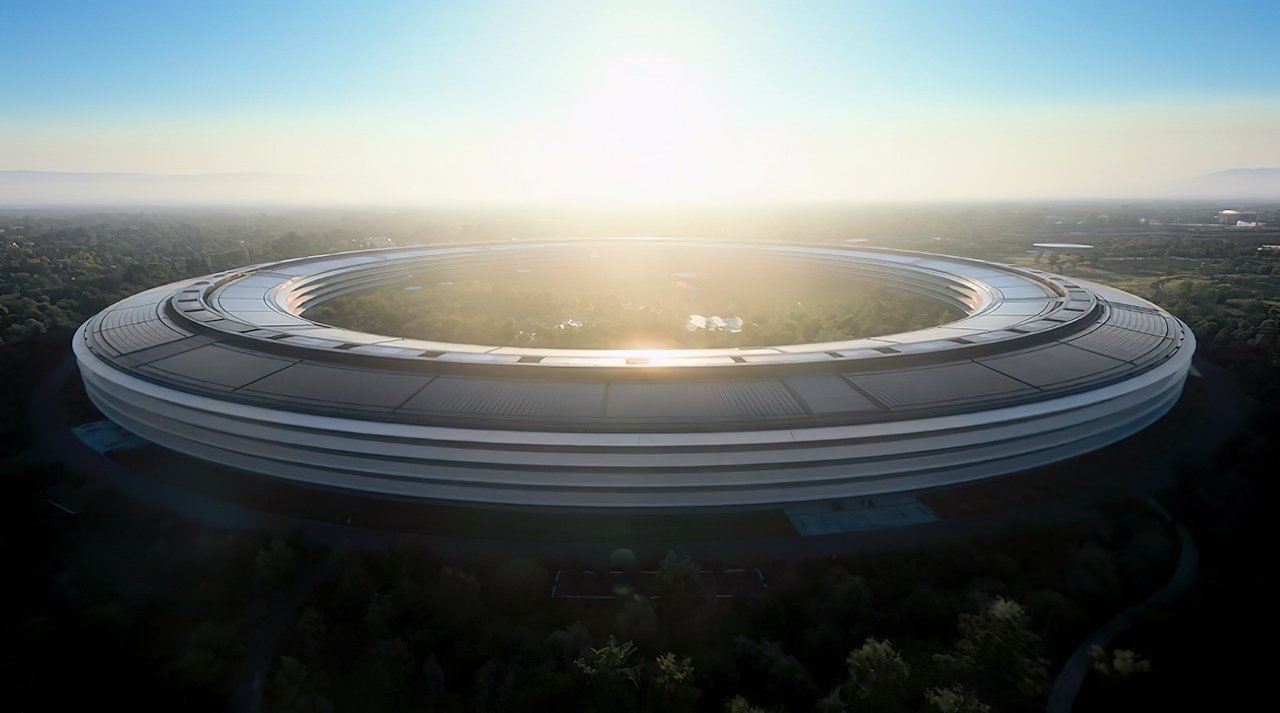
Super-zoom cameras! A larger MacBook Air! An actual, real, this-is-not-a-drill headset device!
2023 was quite the year for Apple, with a host of key launches unveiled. It saw the arrival of a 15-inch MacBook Air, the iPhone 15 range, iOS 17, watchOS 10 and macOS Sonoma, and a whole ton of MacBook Pro and desktop Mac upgrades.
And of course, it also finally saw the Vision Pro headset break cover after many years of rumors surrounding an Apple-built VR headset. It looks impressive — and will be impressively expensive, too.
But the world of tech waits for no-one, not even the biggest brand in the world. While no-one can be certain of the surprises Apple will spring in 2024, we can all hope and dream. Here’s the iMore team’s Apple wishlist for 2024.
An Apple Watch you can REALLY use in the gym
In both our Apple Watch Series 9 review and our Apple Watch Ultra 2 review, I remain vexed by a problem with the Apple Watch that no one seems to be talking about.
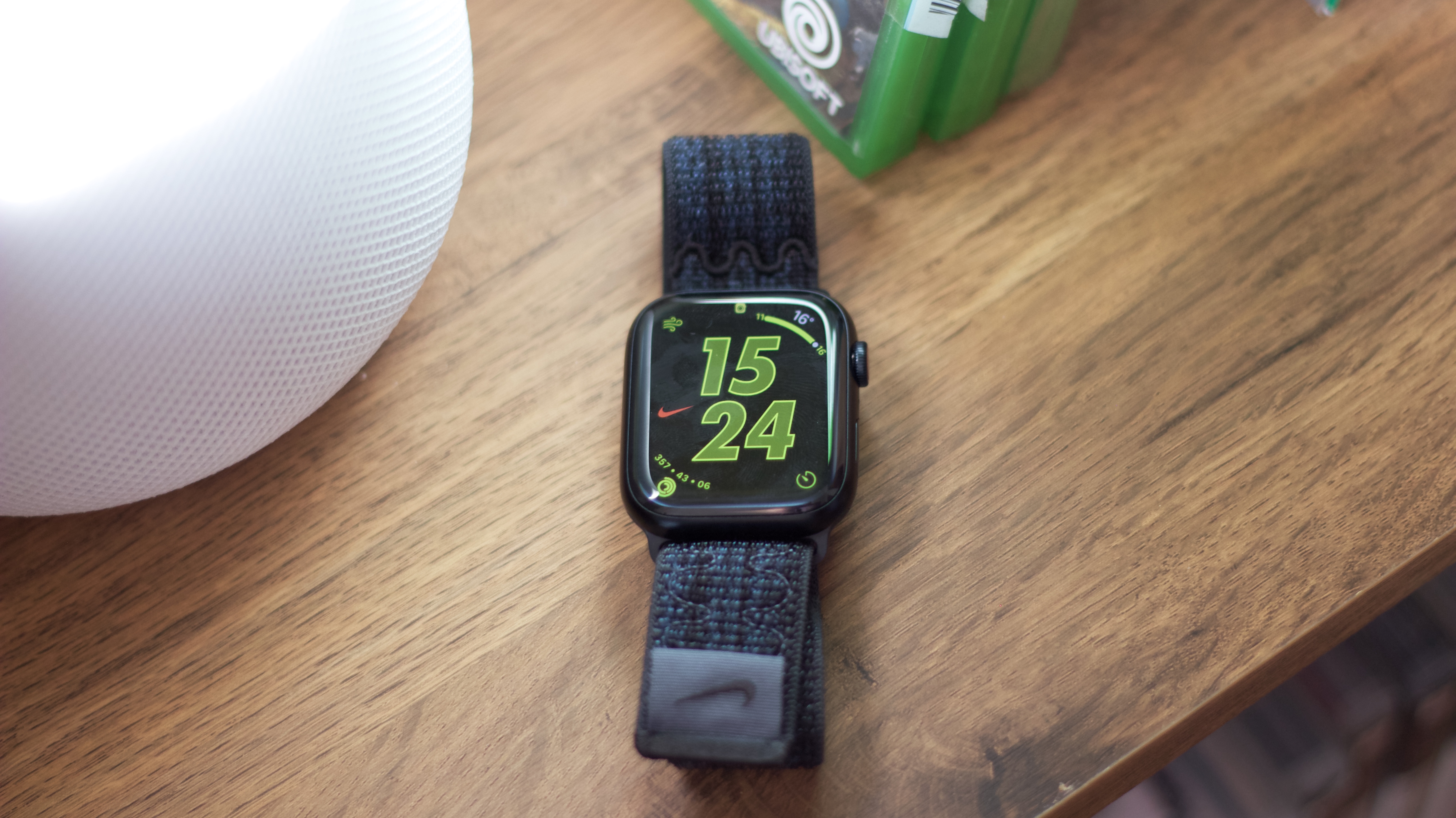
When you wear one in a fairly normal position on your wrist, it becomes unusable in the gym while performing wrist-loaded exercises. While wearing it with the Digital Crown and the Button pointing towards your hand (as designed), exercises that put force against or bends your wrist (bench press, press-ups, tricep pushdowns) will force your hand back, involuntarily pressing one or both during the exercise. At worst, and depending on your settings, this can activate Siri, pause workouts, pause music, or just take you back to the Home Screen. Whatever the outcome, it is tremendously annoying.
The problem is worse on the Apple Watch Ultra 2 due to its size, but it’s not great on either model, which is why it’s high time watchOS got a button lock feature for workouts. There’s already a screen lock feature for swimming that stops water from making inputs on your touch screen, so why not offer the inverse for workouts to stop accidental button activations during exercise? A quick software tweak and a touchscreen prompt to disable it is all that stands between the Apple Watch and life as a fantastic workout companion.
iMore offers spot-on advice and guidance from our team of experts, with decades of Apple device experience to lean on. Learn more with iMore!
A reason to use my iPad
I loved my iPad Pro when I was a student. It did everything I needed it to and was an absolute powerhouse for notetaking. But as I grow older, my fond memories of college and my constant pursuit to replace my Mac with an iPad are just mere memories in my aging brain.
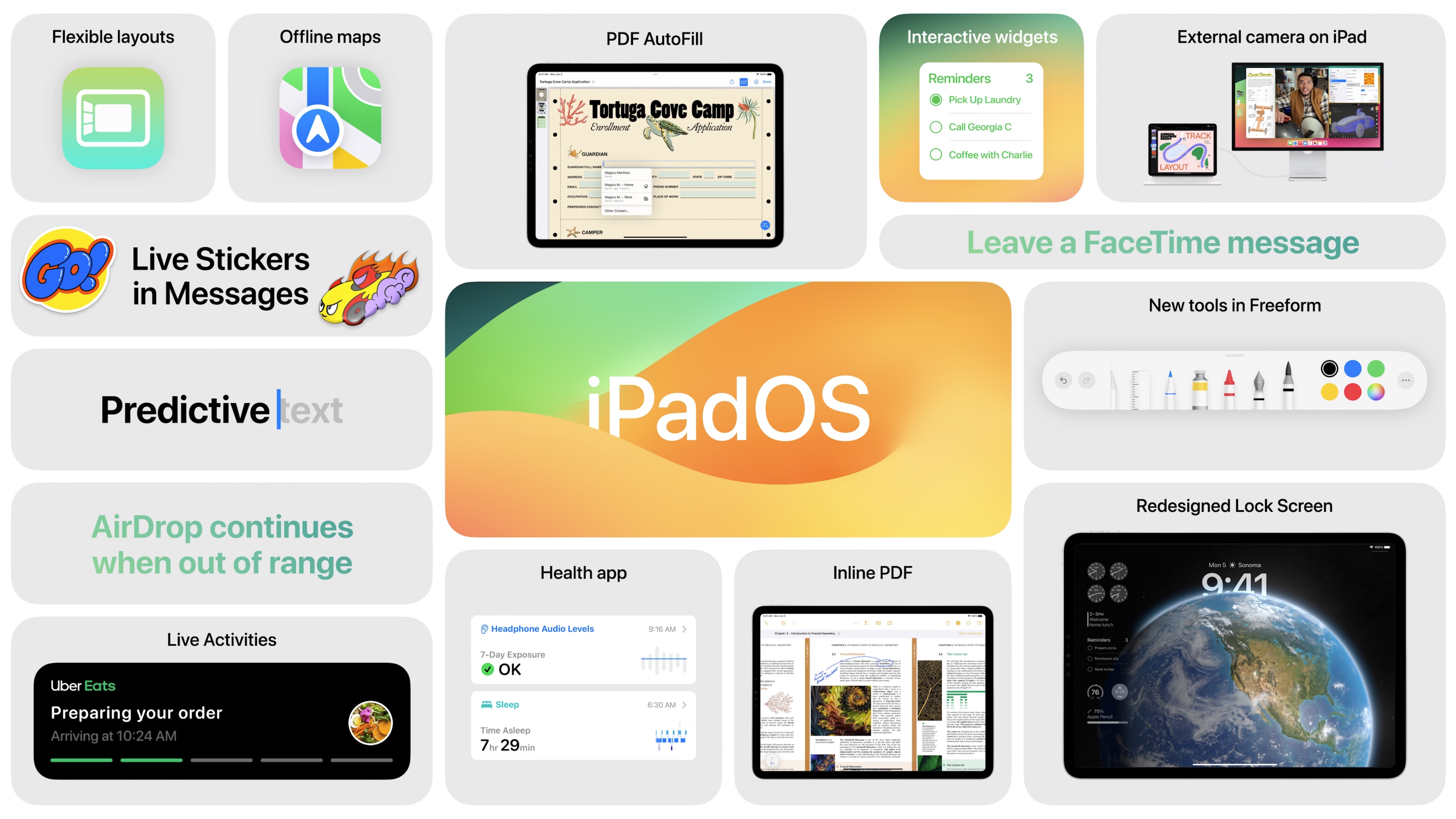
I love the idea of an iPad; it’s such a beautiful device that feels futuristic to use, ticking all the boxes of someone who lives and breathes technology. Yet, after all these years, it still doesn’t have a selling point for me, and as the hardware continues to improve, iPadOS feels like it’s stuck in the mud.
Since purchasing my iPhone 15 Pro Max in September, my iPad Pro feels like Jessie in Toy Story 2. My iPhone does everything I need and I enjoy consuming media on it far more than my tablet from a pure convenience standpoint. So I’m hoping 2024 is the year of the iPad, where the software catches up to the incredible Apple Silicon hardware inside, and the iPad gets that standout use case that makes me want to use it again — because as 2023 comes to a close my poor iPad stares at me from the corner of my desk hoping that one day it’ll be switched on at the weekend, just like old times. You’ve still got a friend in me, iPad!
John-Anthony Disotto, How To Editor
A foldable iPad
You won’t be surprised to hear from me that I believe the iPad line-up has been a confusing mess for the past couple of years. For example, some smart folio cases only work with certain iPads, and there are three different Apple Pencil peripherals that can be a mix-and-match nightmare. You could walk into an Apple store and be lost as to which iPad suits you best.
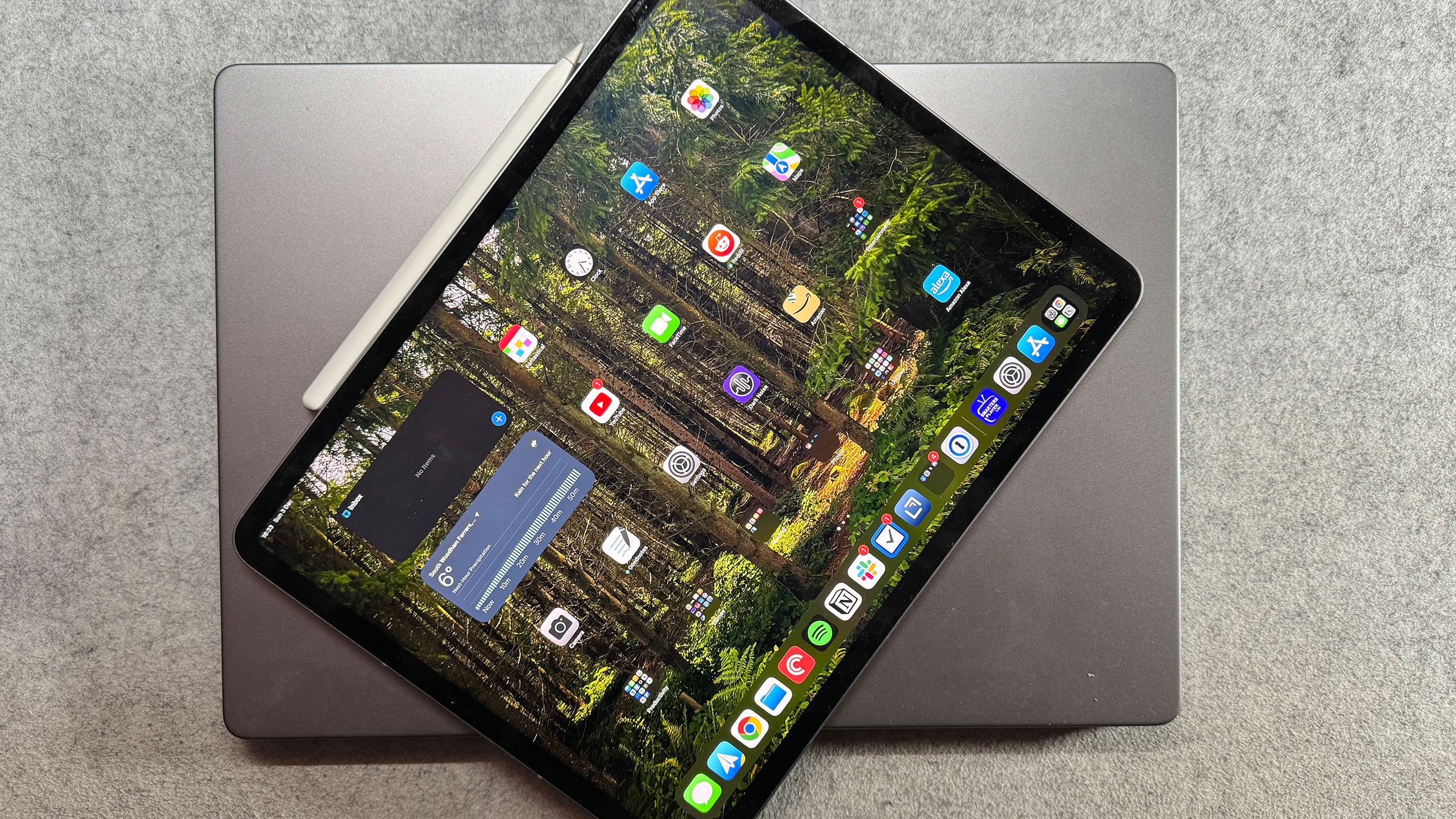
I’ve been clamoring to see simplicity brought to Apple’s tablet line — similar to how the Macs are beginning to make clearer distinctions between Pro and Air, with the tiered Apple silicon chips for different user needs. From an M1 MacBook Air, all the way up to a 16-inch M3 Max MacBook Pro, it’s relatively simple to figure out which model fits you best.
iPad, with its varying sizes and styles, maybe needs a more radical rethink. I’m going to suggest that a foldable iPad could be a great start to reset the line. Imagine an iPad mini that has ProMotion, thinner bezels, and an M3 chip, but can fold out into a beautiful 13-inch display. This way, the tablet can be used for quickfire content consumption while folded, such as reading books and watching movies on a commute — and on that bigger screen when folded out, you can catch up on emails and continue to work on some documents for a project, all in Stage Manager.
As well as being a technical showcase for Apple’s screen technology, this foldable could easily replace having to make the choice between a smaller or larger tablet — one device to rule them all. Then after that, Apple could theoretically streamline the line-up to a point where you only have one iPad Pro — perhaps in a bigger 15-inch size, that’s just aimed at videographers and photographers, at the top end.
The chances of this happening? Slim — the line-up’s many price points and styles are there to offer choice, even if it’s a convoluted one. So knocking out other parts of the line-up is unlikely. But a foldable tablet would have its own appeal — one perhaps so attractive that the choice to pick up that particular model would make all the others moot regardless.
Simultaneous game releases
Though games like Resident Evil Village and Baldur’s Gate 3 look and play wonderfully in their respective iPhone, iPad and Mac releases, they both came out long enough after their PC and console launches to lose out on all the hype of a release weekend. By the time Silicon users were able to play Bladur’s Gate 3, Windows users had already played through it multiple times, if they had a few hundred hours to spend.

The iPhone 15 Pro Max is the best iPhone to date, with on-device ray tracing and an excellent chip. The M3 Mac is capable of mesh shading and hardware-accelerated ray tracing, meaning it can run modern games in excellent quality. This is, admittedly, all Apple can really do from a hardware perspective but we’ve found ourselves with a software problem that leaves Mac users behind the rest of the pack in regards to release dates.
Releasing on Mac has the potential of drawing out production times for modern games so developers need to feel that time is worth it and these hardware advancements will certainly go a long way towards it. Paired with the Game Porting Toolkit, which lets devs easily get their PC games running in a rudimentary form on Mac hardware, Apple is making the right moves to simplify the porting process. But the chicken-and-egg situation for the scale of the Mac gaming community doesn’t seem to have shifted, at least in terms of developers’ platform priorities. Hopefully, over the next year, we’ll see the software groundwork put down to play new games as they are released — it just takes a few more top-tier devs to take the plunge and light the path.
Vision Pro goes fully immersive
Vision Pro was the easy highlight of Apple’s 2023. After more than a decade without the release of a genuinely new product from the company, Apple’s long-gestating headset broke cover — and with some style.
A super-premium, high-end computing device, it features the most advanced screen and sensor array yet seen in any virtual reality product, with the Vision Pro capable of tracking minute hand movements and housing an innovative front-facing display to let those around you peek at a recreation of your eyes behind the hardware.
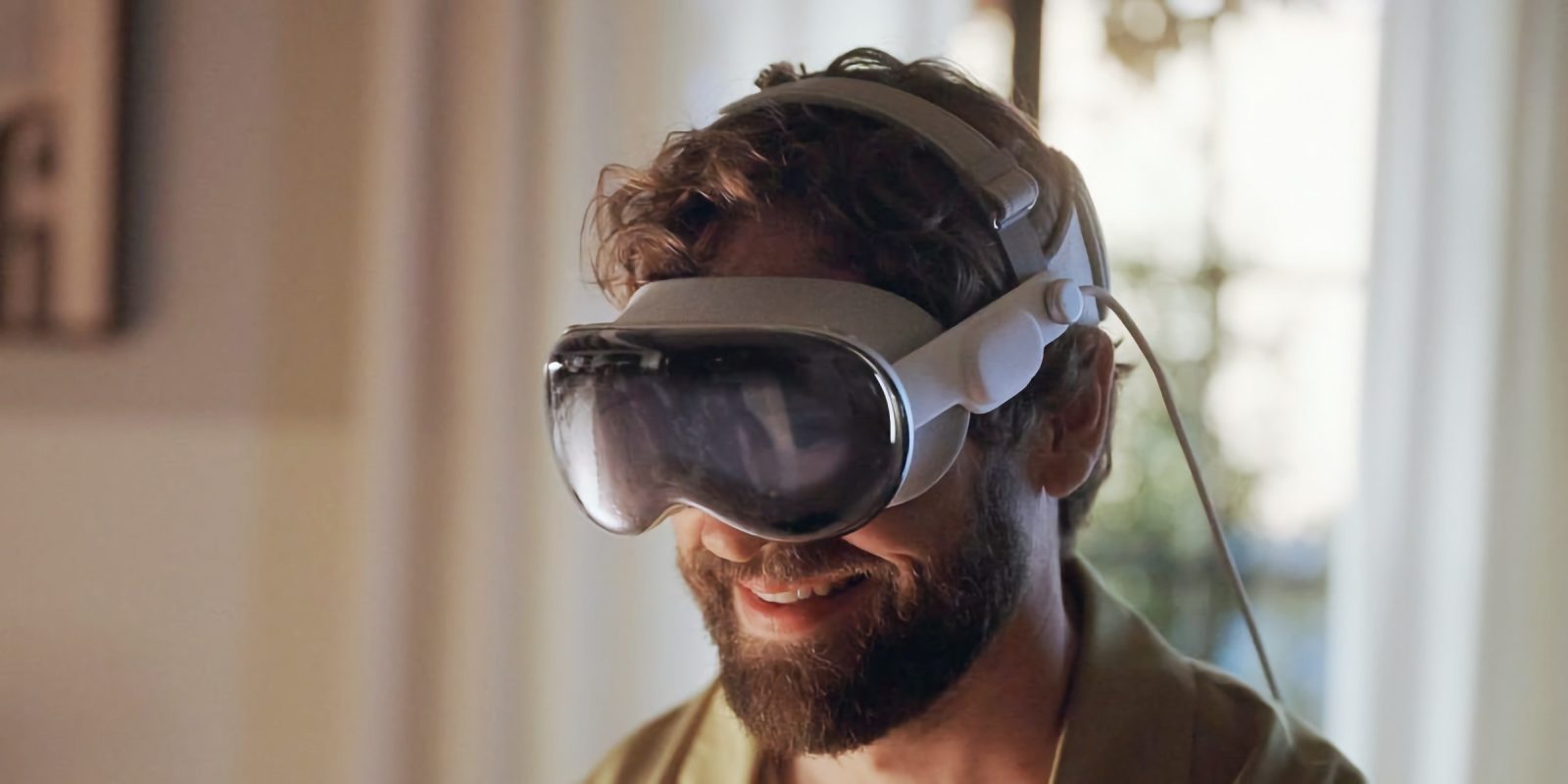
It’s a remarkable piece of technology with a remarkable price (currently slated for an early 2024 launch date at $3,499)... but it’s almost as interesting to discuss what it isn’t as much as what it is.
Apple has been very careful to make sure Vision Pro isn’t seen as a virtual reality headset — it wants there to be (at least the perception of) a gaping chasm between its device and similar gear like Meta’s Quest 3 or Valve’s Index. Despite still being confined to an opaque screen rather than transparent lenses, Apple is positioning the Vision Pro as an augmented reality device — feeding images from the real world in from cameras placed on the headset to screens in front of your eyes, and merging that video feed with digital elements positioned to appear as if they’re interacting with the real world around you. To further cement this ‘Spatial Computing’ stance (to use Apple’s own coinage), Apple is avoiding showcasing the headset in terms of full, 360-degree immersion (making only passing reference to such capabilities with ‘Environments’), instead focusing on the AR potential of the device.
If this is the long-term direction for Vision Pro, then this is a real shame! I’m as excited as the next person to have an AR high-resolution cinema screen, 100 feet high, virtually dominate my living room, and I like the idea of floating not-really-there screens surrounding my very-much-real MacBook display, too. But the real allure of donning a weighty headset for me remains the possibility of full, all-encompassing immersion. I want to run away from snacking T-Rexes! I want to pilot an X-Wing Star Wars starfighter! I want to walk among the pyramids, stand on the surface of Mars, and dive into an underwater paradise! I want these experiences to take place all around me, just as they do when I’m standing in the real world — if I wanted to watch them float in virtual screens in front of me I could do that with a bog standard TV.
If virtual reality has yet to find mass appeal I still believe that’s not because of its conceptual attractiveness, but of its lacklustre execution thus far. A high-powered device with polished performance and intuitive control methods could open the way for much wider interest in virtual reality experiences, and Vision Pro (price tag aside) could be the perfect vehicle for it. In 2024 I’m hoping that, once Apple has done enough to differentiate itself from the headset competition, it allows developers to lean into the full potential of fully immersive virtual experiences.

iMore.com is your source for all things Apple, and the IM Staff author represents our collective hivemind, for those occasions when the whole team speaks with one voice to bring you important updates about the site, editorial policies, awards, promotions and more.
The iMore team of Apple enthusiasts and experts shows you how to get the most out of your tech life by using Apple products and the apps, services, and devices they connect with to their fullest. iMore is a mainstay in the Apple community for good reason. Every single iMore writer and editor takes their job seriously, and we prioritize accuracy and editorial independence in everything we do, never receiving compensation for coverage and never pulling punches.
As well as our amazing group of regular contributors, the iMore staff team currently consists of:
Gerald Lynch — Editor-in-Chief
Stephen Warwick — News Editor
Daryl Baxter — Features Editor
John-Anthony Disotto — How To Editor
Tammy Rogers — Senior Staff Writer
James Bentley — Staff Writer
